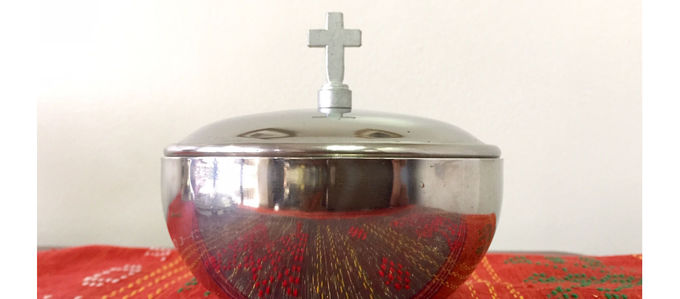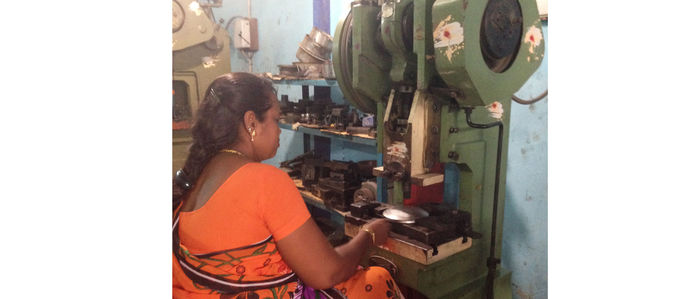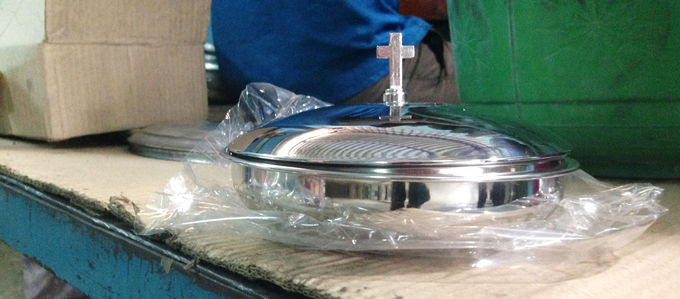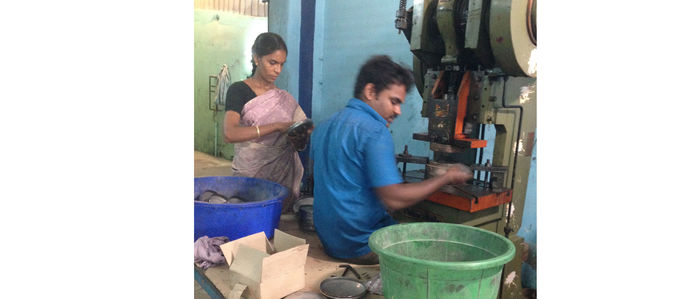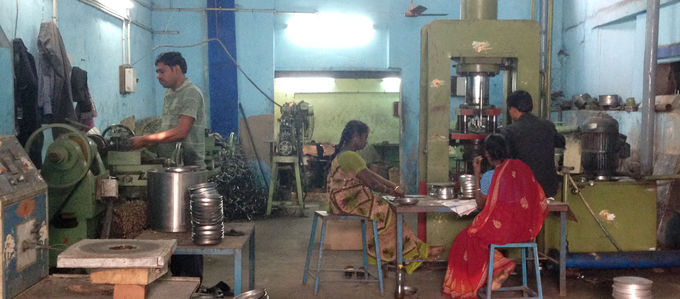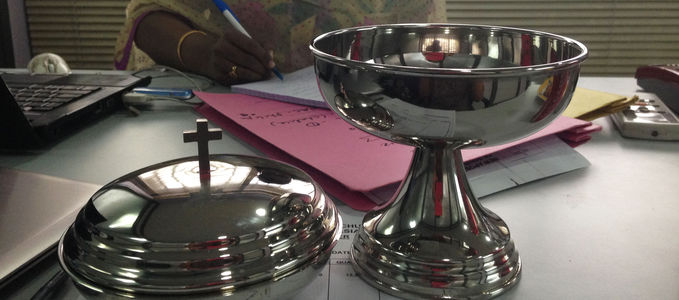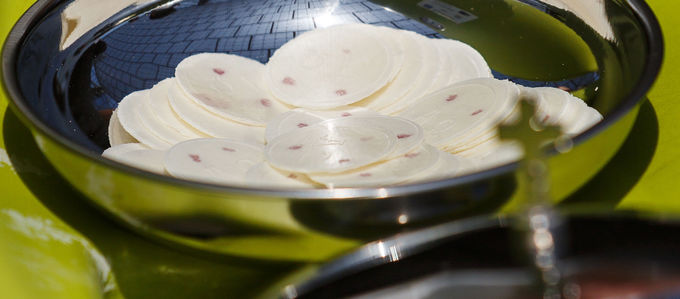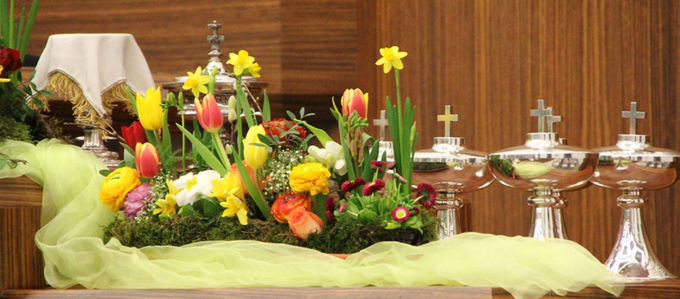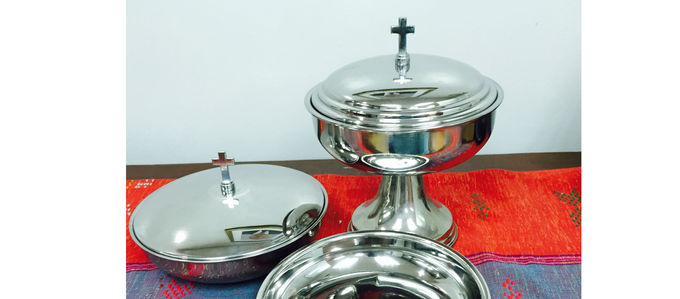
Globalization even has an effect on liturgical implements. The communion cups used in our New Apostolic congregations are globally sourced these days. One manufacturer from whom the Church buys is in the state of Tamil Nadu in India.
Jesus Christ instituted Holy Communion two thousand years ago. It was on the evening of His crucifixion, when He was together with His disciples for the Last Supper. Jesus broke bread and took the cup and gave it to the disciples. In view of His upcoming sacrificial death He told them, “‘Take, eat; this is My body.’ Then He took the cup, and gave thanks, and gave it to them, saying, ‘Drink from it, all of you. For this is My blood of the new covenant, which is shed for many for the remission of sins’” (Matthew 26: 26–28).
Already a short time later, the first Christian congregations gathered for the celebration of Holy Communion. And today too, in the twenty-first century, Christians come together to commemorate this first celebration of Holy Communion, and to remember the suffering of Christ and His promised return. Christians profess the death of the Lord in Holy Communion and experience the presence of Jesus Christ. (Catechism 8.2 Holy Communion).
The communion cup: a liturgical vessel
Among the liturgical vessels used by Christian congregations from the start is the communion cup; or the ciborium, as the cup with an arched cover is called. Originally, the vessel was used as a drinking cup. It held the wine that was used for the celebration of Holy Communion. The cup was passed around until everyone had had a sip of the wine. Between 1917 and 1920 the New Apostolic Congregation introduced the wafer with the three drops of wine. Communion cups continued to be used, but now they held the consecrated communion wafers.
In earlier times, the cup was covered with a so-called parament. “This was a white embroidered piece of cloth that was used to cover the communion cup or the paten (the plate) in order to protect the elements from contamination,” the Netzwerk Apostolische Geschichte (Apostolic History Network) explains. In our Frankfurt-West congregation in Germany two such communion cups with paraments are still being used. In olden times, the cup was placed on a corporal, a white square linen cloth that was known as palla corporalis in Roman liturgy and served as part of the altar cloth.
The materials: wood, ivory, and silver
In the Middle Ages, communion cups were made from special wood or ivory. Later, metal was used, especially precious metals such as silver and gold. These precious liturgical vessels are made by special artisans, but not every country can afford silver and gold vessels, the New Apostolic Church in the Philippines reports on its website. But since communion cups belong to the minimum standard of a New Apostolic congregation, ways had to be found to make them affordable for everyone.
Global sourcing was the answer. The matter was laid into the hands of the New Apostolic Church South-East Asia who found a small and cost-efficient manufacturer in Chennai in India. He has been manufacturing communion cups for the Church since 2013, and has supplied congregations throughout the world.
Nearly 17,000 communion cups in two years
Over the last two years, 16,900 communion cups have been manufactured in India and shipped to various countries. When 55,000 people gathered for the 2014 Pentecost service in the Olympic Stadium in Munich in Germany, 2,000 communion cups manufactured in India were used for the celebration of Holy Communion.
Another 3,000 communion cups have been shipped to Cape Town and 3,600 to Angola. Smaller quantities have gone to Sao Tome, Rwanda, Papua New Guinea, Timor Leste, Korea, and of course the Philippines. Five hundred communion cups were air-freighted to Kenya last month.
Two models: cups and patens
Two models were produced. One was a paten, which is a shallow dish with a lid, and the other one is the chalice, or communion cup. The paten is usually used in smaller congregations in rural areas, whereas the communion cup can hold more consecrated wafers and is ideal for large congregations or divine services with a large number of participants.
New Apostolic Christians in China, by the way, manufacture their own communion cups. They take a rice bowl, as they use every day, and make a small cross which they carefully mount on the bowl’s lid. “They don’t look bad,” District Apostle Hebeisen says appreciatively. “And they certainly fulfil their purpose.”






